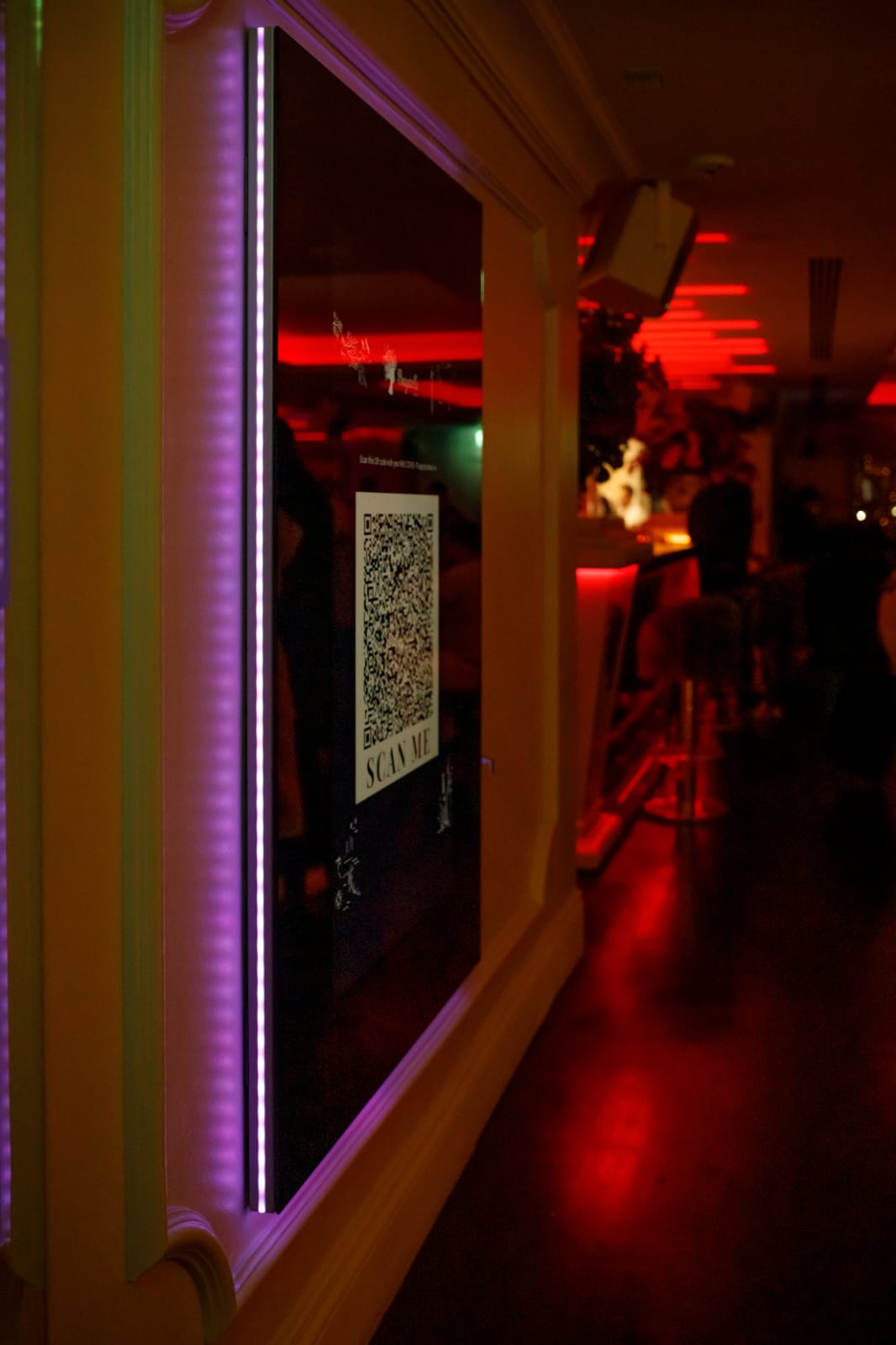Barbara Jarabik: Focus on quality, not quantity. It’s better to have a small number of high-quality leads than a large number of low-quality ones. When luxury brands mass market, they risk diluting their message and appeal. Create a Unique Selling Proposition. The best way to give your brand a competitive advantage is to create a unique selling proposition (USP). This is a statement that explains what makes your brand a unique product and why customers should buy from you instead of your competitors. Your USP should be based on your brand’s unique strengths and how those strengths can benefit the customer. For example, you could focus on luxury, quality, or customer service. Make sure that your USP is memorable and easy to understand.

Adidas purposely only creates a limited amount of every new model to make them appear rare. While they sell for $200 from a retail store, they are often resold for upwards to $1,000! This is also an excellent example of using scarcity to entice people to purchase the shoes because there’s a good chance they won’t be able to get them or they’ll have to pay insane resell prices. Another brand we can learn from is Paul Parkman. This luxury shoe company uses exotic materials like crocodile and python to make their footwear one-of-a-kind.
Exclusivity is fundamental to luxury brand marketing as it maintains consumer desire through scarcity and rarity. If anyone could walk into Louis Vuitton and buy a handbag, Louis Vuitton would lose their appeal to those who wish to have something that others can’t get access to. Given the Internet’s accessibility and autonomy, many luxury brands worry about losing their sense of exclusivity when it comes to going online. This, however, is flawed logic.
You’ve written ads to catch the eyes of affluent searchers. You’ve negated keyword modifiers that imply discounted pricing. Now let’s dive into income-based geo targeting. This is another truly phenomenal way to cut wasted spend and ensure the ads you’re paying for end up in front of the right people. How do you make that happen? Simple. According to Google, income-based location targeting is “based on publicly available data from the US Internal Revenue Service (IRS), advertisers are able to target ads to certain areas according to their average household income.” When you created a customer profile, detailing your ideal consumer, average household income was probably something you considered. It’s part of how you determine what you sell and how you sell it. Now you can leverage IRS data to help you to discover and advertise to these fine folks. And the best part? You can layer income-based targeting with your other location targeting for maximal effect. This means you don’t have to wholly exclude areas that fall outside of those designated as having higher household incomes; you can create separate campaigns (ensuring your budget is skewed towards geos in which the likelihood of your ideal prospects living there is greater) or just use bid adjustments.

“Everything we do, we believe in challenging the status quo. We believe in thinking differently (why Apple exists). The way we challenge the status quo is by making our products beautifully designed, simple to use and user friendly (How Apple achieve their why). We just happen to make great computers (What Apple do).” Communicating the story behind your products, and explaining the values that define a luxury brand, is fundamental to effective luxury marketing. Aston Martin do a great job telling the story of their brand heritage on all of their product pages and digital content. By explaining that your brand represents an assurance of luxury, quality, performance, style, or whatever value you stand by, you will find it easier generating advocacy for your brand online. Discover additional details at Barbara Jarabik.
Digital signage mirrors are another way for luxury brands to advertise efficiently : The entire digital signage mirrors market was valued at USD 780 million in 2021. The world market is expected to grow steady at a CAGR of 12.21% to hit USD 910 million by 2023. Digital signage mirrors can vastly increase individual efficiency by choosing outfits as per weather updates while also offering bus and train schedules (including traffic updates). Digital signage mirrors in smart homes, planes, commercial spaces, hotels, etc. are designed to be connected to users as well as with different devices around. Energy efficiency is one of the major advantages that will drive the adoption of digital signage mirrors.